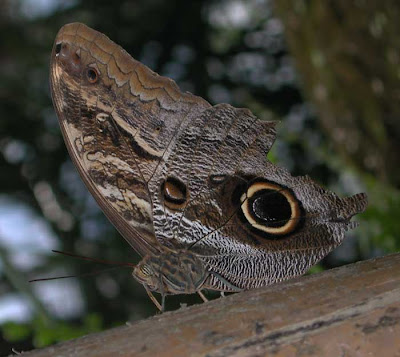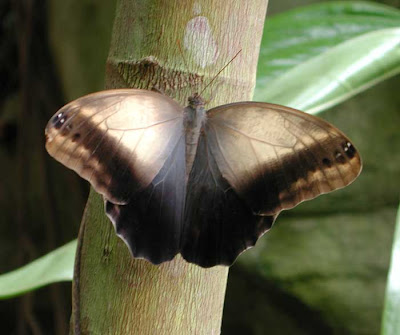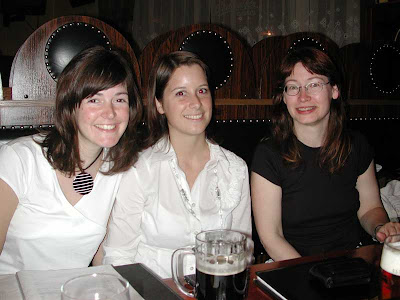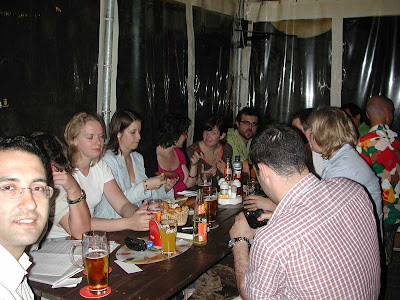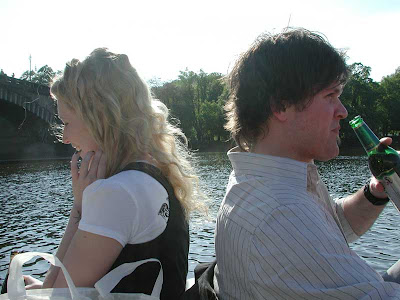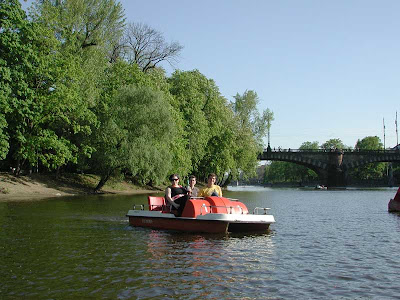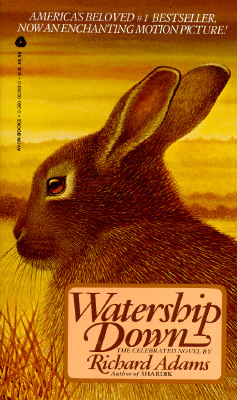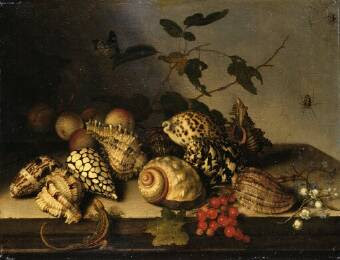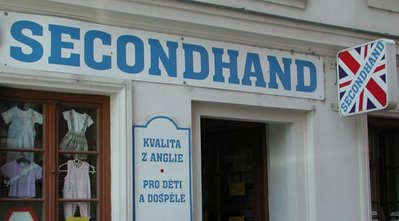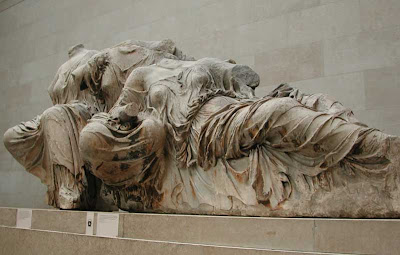Czech class continues in its accustomed fashion. The locative plural has been our most recent endeavor, which some of us have done before and which is entirely new to others. I'm never sure what to think of this sort of thing since it is very familiar, the review does cause more bits to stick in my mind, and all that. This evening, however, we suddenly had a bit of review of the accusative and genitive, since along with the locative, they can all be used to deal with going places. (Which is why our class has been talking about travel a lot and I have learned all sorts of terms relating to tours arranged via travel agents, something I am unlikely to need to know unless I book a trip to China from Prague.)
The horrors of the combined accusative, genitive, and locative cases make clear to me why my active knowledge of certain things is so weak. Not only does one have to remember whether a particular noun or situation requires v, do, or na (that's not getting into the use of u, k, or od and z), but na treacherously takes different cases to provide different meanings. The case used with na tells you (if you are alert, which I am not particularly) whether you are at the post office, going to the post office, or are on top of the post office. Therefore, it's no use that "na poštu" sounds correct, because perhaps what you really mean is "na poště." (I hope I'm recalling all this correctly, because I don't feel like looking it up. I avoid talking about the post office because the thing that sticks in my mind is that it's troublesome.) And let's not forget that certain words have more than one correct ending in a given case. It's not enough to keep track of whether the thing is masculine animate, masculine inanimate, neuter, or feminine, and whether it ends in a hard or soft consonant or some other thing, there might be a choice of endings. This gives me a strong preference for saying something like I'm going to grandma's, because while babička turns into babičce in the dative and that seems kind of bizarre, once you get "jdu k babičce" into your head, there is not much it can be confused with. Regrettably, my grandmothers are both long dead and I have no reason to discuss going to grandma's.
On the bright side, however, our Czech teacher got the idea of having us do little presentations. I'm not sure what prompted this, as the first one planned (which has yet to be delivered) is Žana's talk on a historical topic. Everyone except the two of us seems destined to do a presentation about travel; while I like to travel, the idea of a presentation on it did not interest me much, so I indicated I could do an art-related presentation.
I considered actually writing something out, but while this might result in marginally more correct grammar, it would not do much for my ability to talk. Instead, I threw together some PowerPoint slides from a previous talk on Toyen, added a few quotations, and there it was. At the end of class, when I was worn out with all these cases and realized that I had gone brain-dead from lack of sufficient nourishment, I got to give my talk.
Other than that the laptop screen was probably almost as hard for the others to see as for me, it went pretty smoothly. I got to introduce my classmates to Toyen and a selection of other Czech avant-gardists, and we had a longish detour onto the Romantic poet Mácha, who according to Irina died of dysentery rather than from helping the people of Litoměřice put out a fire. (Learn something new every day.) Our teacher pointed out that Nezval was a Communist, which I had failed to mention in my abbreviated remarks on his output. I could have said a lot more about Comrade Nezval than that he wrote poetry, novels, plays, and other things, but one has to stick to the basics in this sort of talk. After all, I also left out the fact that he developed a spherical physique and is buried at Vyšehrad (as is Mácha, who was reburied there).
My classmates appeared rapt and seemed to find it interesting, so I believe I succeeded in sparing them another ten minutes on the niceties of location-related noun endings.
Labels: art, Czech
 On Sunday I took my parents up to the city botanical gardens in the mistaken notion that going to see the exotic butterfly exhibition could hardly be very tiring.
On Sunday I took my parents up to the city botanical gardens in the mistaken notion that going to see the exotic butterfly exhibition could hardly be very tiring.